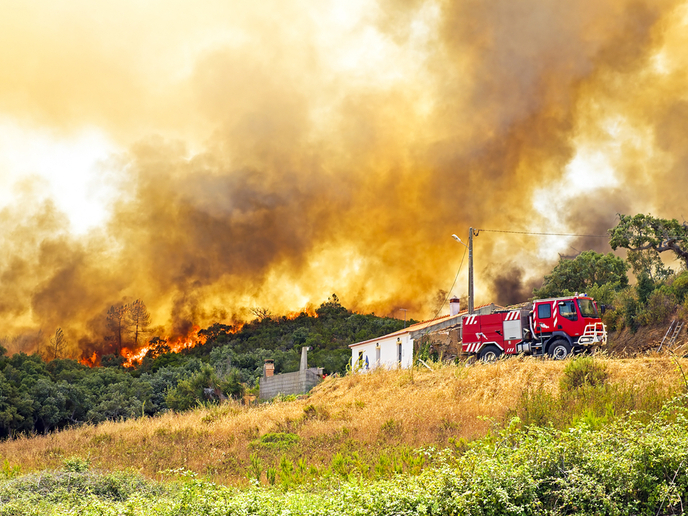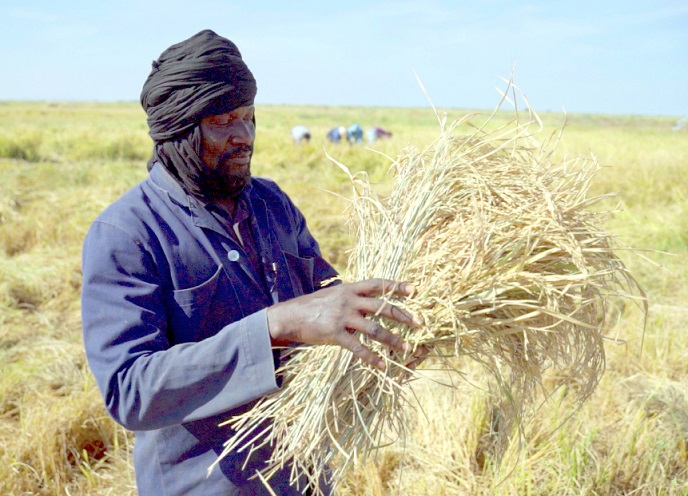Improved seasonal forecasting helps combat wildfires
The Earth's climate undergoes natural variability on seasonal-to-decadal timescales and can be partially predicted over a seasonal timescale. However, forecasting the seasonal climate requires considerable skill, and informing public sectors vulnerable to its variations is a key societal and economic challenge. There is therefore ample scope for creating an accurate seasonal wildfire forecasting system. The EU-funded SPFireSD(opens in new window) project developed and assessed seasonal fire prediction capability using a range of complementary and innovative methods, with a focus on Europe, the Amazonian basin and Indonesia. This research was undertaken with the support of the Marie Skłodowska-Curie programme(opens in new window).
Better predictions
The European Centre for Medium-Range Weather Forecast(opens in new window) (ECMWF) uses its Global ECMWF Fire Forecast (GEFF) system to produce 10-day forecasts of fire danger. These are employed by the Global Wildfire Information System (GWIS) and European Forest Fire Information System (EFFIS), and are available from the Copernicus Emergency Management Service(opens in new window). Copernicus, the EU’s Earth observation programme, is coordinated and managed by the European Commission(opens in new window) together with the European Space Agency(opens in new window), EU Member States and EU agencies. “SPFireSD improved this system to produce seasonal wildfire danger predictions (GEFF for Seasonal Prediction (GEFFSP)) using the operational seasonal predictions from the Copernicus Climate Change Service(opens in new window) (C3S),” says lead researcher Etienne Tourigny, who is based at the Barcelona Supercomputing Centre(opens in new window).
Not just for Europe
The GEFFSP system developed provides users in Spain, Portugal and California with fire danger forecasts up to 1 month ahead - areas severely affected by wildfires in recent years. “Ongoing work is also being done to evaluate the added value of this system in tropical areas for which wildfire risk is predictable over longer periods, according to the existing scientific literature,” Tourigny explains. SPFireSD also contributed to the development of an offline land/vegetation version of the EC-Earth climate model, which allows researchers to develop and test the land and vegetation model using less time and computing resources. “This work will be used to extend the expertise of the Barcelona Supercomputing Centre’s Climate Prediction Group for near-term forecasting of wildfires and the carbon cycle,” notes Tourigny.
Future benefits
Follow-up projects will evaluate the performance of the vegetation and fire model when tested with seasonal-to-decadal predictions of EC-Earth. This will enable researchers to determine to what extent an initial prediction of a climate state, which is as close as possible to observation data, improves the prediction of fire danger, compared to using a random but realistic climate state from the recent past. This work will be used in future projects involving the Climate Prediction Group, in particular the H2020 project 4C (Climate-Carbon Interactions in the Current Century). The SPFireSD initiative will help pave the way to a more realistic seasonal forecasting of fire danger than that currently available for Europe. “Disaster management and forest management agencies will benefit, enabling them to use the seasonal forecasts of fire danger for their medium-term planning, instead of relying on historical data or simple forecasts of temperature and rainfall,” Tourigny concludes.







